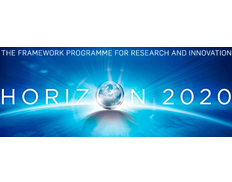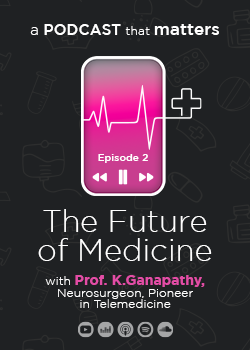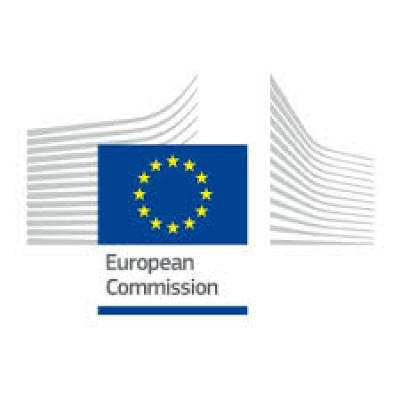
System modelling and life-cycle cost optimisation for waterborne assets
Details
Description
Call updates:
The number of proposals submitted for this topic: MG-4.3-2015=6 Proposals
A revised version of the Frequently Asked Questions has been uploaded under Call Documents – version 24 March 2015
The flash info about the evaluation result of the call is now available in the "Additional Documents" section.
10 December 2014 08:42 The submission session is now available for: MG-4.3-2015(RIA)
TOPIC : System modelling and life-cycle cost optimisation for waterborne assets
| Topic identifier: | MG-4.3-2015 | ||
| Publication date: | 11 December 2013 | ||
| Types of action: | RIA Research and Innovation action | ||
| DeadlineModel: Opening date: |
two-stage 10 December 2014 |
Deadline: 2nd stage Deadline: |
23 April 2015 17:00:00 15 October 2015 17:00:00 |
| Time Zone : (Brussels time) | |||
Horizon 2020
Call identifier: H2020-MG-2014-2015
Topic Description
Scope:Specific challenge: The European maritime technologies industry is facing fierce global competition on price in its traditional markets which forces it to shift its focus to profitable (existing and new) markets where technical excellence and smart custom-made solutions are the key to market success. In order to develop these niche markets and exploit them successfully, research and innovation efforts are required that introduce new design and production processes with the aim of having minimal total costs over the useful economic life of the product which, for waterborne assets (vessels and maritime structures), is particularly long (20-50 years). This includes considerations on the impact of the circular economy approach to these assets and their technical and material composition.
Scope: Proposals should address one or several of the following aspects:
New design and mathematical modelling tools and paradigms supporting the full understanding of operational practices and situations covering the entire useful economic life of a vessel or maritime structure (including material recovery, "from cradle to cradle") in terms of costs and performance.
A comprehensive and detailed approach to system integration and optimisation for vessels which is multi-objective driven, based on virtual product (digital mock-up) methodologies (with virtual reality capabilities). The resulting model must include all technical systems and sub-systems and must cover all operational conditions of the complete system over the entire life cycle (thus taking into account the uncertainties of the future operating context). Modelling should cover the majority of ship types produced in Europe and should be based on the new tools and paradigms, allowing for short lead times and the optimised use in SME yards building complex vessels.
A large scale virtual demonstrator for smart, adaptive and multi-material complex ships and structures, based on the design tools and concepts for minimised life-cycle costs and using the complete product model.
The Commission considers that proposals requesting a contribution from the EU of between EUR 5 to 8 million each would allow this specific challenge to be addressed appropriately. Nonetheless, this does not preclude submission and selection of proposals requesting other amounts.
Expected impact:
Achieve measurable cost reductions in design, production and lifetime maritime asset management.
Facilitate a shorter time for assessment and integration of sub-systems on board vessels and a better integration of complex systems, in particular in relation with energy issues and efficient operations. This should lead to efficiency gains of 20% in terms of energy consumption and of 10% in terms of other operational costs.
Type of action: Research and Innovation Actions



